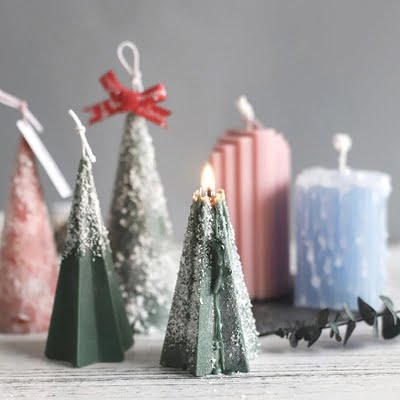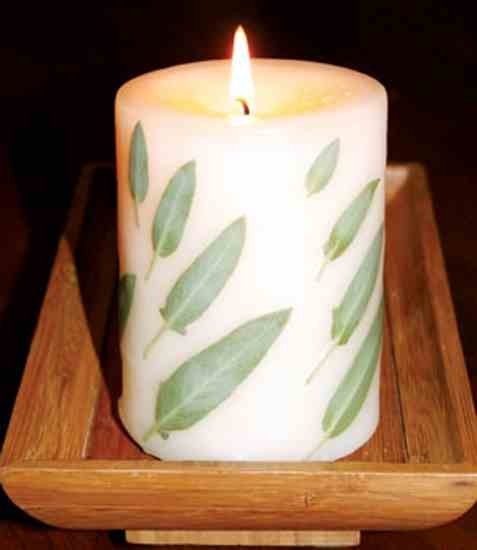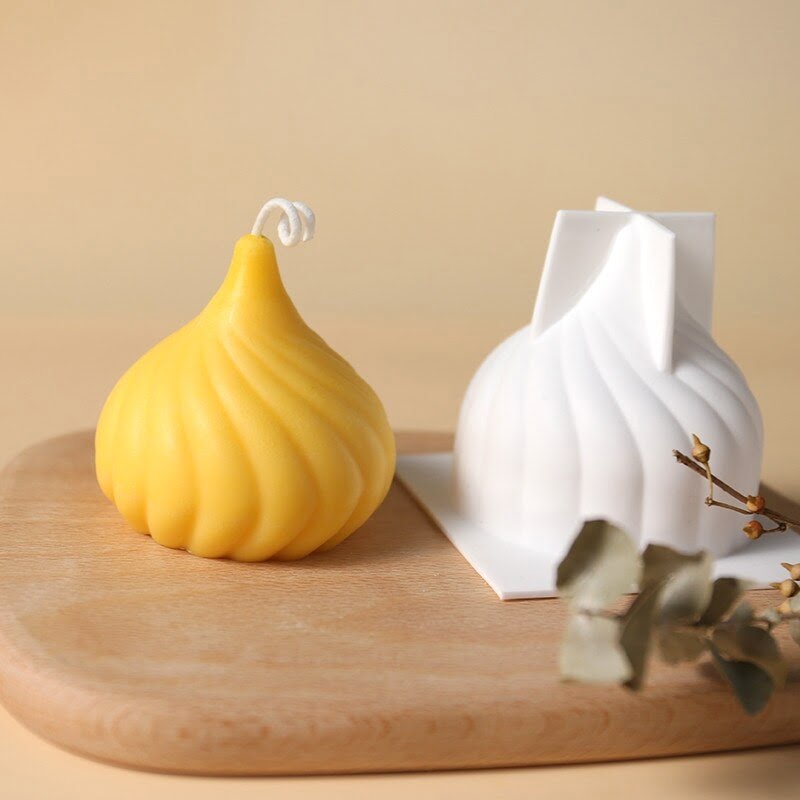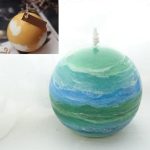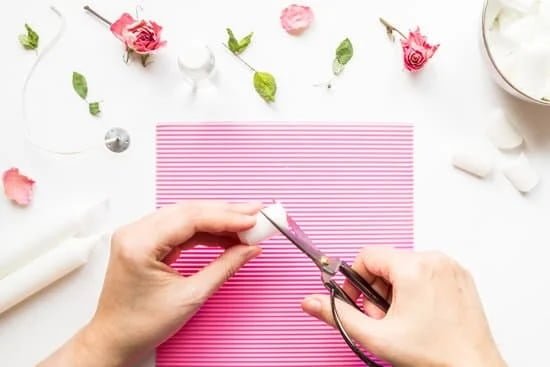Introduction/Overview
Candle making is a fun and creative activity that has been around for centuries. Fragrance mixing is an important part of the candle-making process, allowing users to mix and create custom scents in their creations. There are a variety of candle types available to make and each one may have its own unique benefits in terms of fragrance mixing.
For example, soy candles are all natural and produce a clean burning flame with minimal smoke. This makes them ideal for a range of fragrances and allows them to carry bold or subtle scents gradually throughout the room. Meanwhile, paraffin candles are characterized by bright colors and offer more burning time than other wax-based candles – which can help longer lasting scent combinations giving greater control when blending fragrances.
There are also many additional resources available to novice candle makers looking to learn more about fragrance mixing. Online classes such as soap-making 101 or DIY Candle Crafting Guide can provide detailed instructions on how to use oils essential oils or premade aromatherapy products in your candles. Additionally, there are various books and websites on the subject that cover everything from safety tips for using top notes and middle notes, to advice on popular blends like rosemary, cinnamon & eucalyptus or sandalwood & musk.
Achieving Your Scent
Adjusting for scent intensity is important when creating your own unique candle fragrance. When combining fragrances, it is best to mix and match scents that complement each other in a pleasant way without bitter or strong clashing aromas. It is essential to understand the strength of each oil so a mild scent doesn’t overpower a stronger one. If you are using soft or mid-tone oils, add extra wax to the mixture to make sure they get noticed once lit. If using intense fragrances, use less wax or a low melt point so as not to overpower other smells in the blend.
For tips on successful mixing and matching of scents, reference scent families that work together well and avoid mixing too many scents at once; no more than three for each candle blend. Additionally, remembering the scent wheel will be helpful for creating unique fragrances by building off of particular types of notes like florals, spices, woods and fruits that will cover the scale from fresh to sweet and fruity. Lastly, write down the recipe for each combination you make since it can be hard to remember exact quantities and specific oils used at any given time!
Setting the Mood
When it comes to blending fragrances for scented candles, there is plenty to explore. For those wanting to create a calming atmosphere or boost energy levels, introducing fragrance into the environment can be an effective and creative way of transforming any space.
Beyond just ‘creating a mood’ with fragrances, candle makers should consider how they want customers to feel when they take that first breath after burning the candle. Fragrances can also serve as artistic elements to enhance the environment in unique ways. For example, a strong and citrusy scent could work wonders in a room that needs more lightening up, while woodsy and spicy tones could provide coziness and warmth. Different fragrances can be combined together to create completely original scents that no other candle maker has used before.
For those exploring the world of candles, learning more about fragrance mixing provides the opportunity to exercise our imagination and gain in-depth knowledge of scents and aromas. Candle makers have an exciting journey ahead of them figuring out how scents will work together to achieve a desired ambiance- but by getting familiar with different kinds of aromatic combinations, anyone can master this art form!
Experimenting and Getting Creative
Candle Making Fragrance Mixing Guide
This guide will provide an overview of the process for creating custom candles using different fragrances. With this guide, you’ll learn how to mix scents to create a unique and inviting atmosphere. Using candles can be used to improve the ambiance in any space. As such, adding different elements and decorations can further enhance the overall look and feel of your candles.
This guide will outline specific steps for creating custom candles:
1. First, choose your type of candle containers (e.g., mason jars, tumblers, tealight cups).
2. Decide on the wax type that best suits you; common wax types include soy wax, beeswax and paraffin wax.
3. After that, detailed measurements should be recorded so as to ensure proper temperatures are used when melting the wax (e.g., use a thermometer).
4. Once melted and cooled down slightly pour it carefully into each candle container before adding wicks or one wick tab per container if desired (measure wicks accurately).
5Add dye blocks or liquid dyes at this stage if desired.
6Once set, add fragrance oil and stir gently but thoroughly into the container until all the scent is fully incorporated; note that fragrance oil should always be added last before pouring into a mold or container as too much heat will cause loss of scent!
7Lastly, once everything is combined let it cool completely before labeling, packaging or giving away as gifts!
In addition to following this guide’s instructions on mixing fragrances to create custom candles, there are even more activities available for getting creative with your designs! Consider adding decorations such as glitter or glass beads to jazz up your designs; custom color mixtures can also be created by layering two dyes onto each other for increased vibrancy when casting with certain wax types! Furthermore, consider experimenting with embeds to add texture or sparkle inside each container – there are tons of possibilities available when experimenting with wax carrier oils, colors and fragrances in unique combinations! For example: a spring-inspired scent could include bright floral scents like fresh lilac mixed with a warm sandalwood base note which may then be paired with blue/purple glitter from an embed mixed throughout before being poured into glasses stamped with intricate white flowers all around its edges – truly offering an artisan touch sure to impress any recipient!
Product Recommendations
Product Recommendations
Candle making often requires experimentation with a variety of fragrances and pigment options. A supplier can provide you with lists of unconventional duos that will create unique combos, such as a wintery mix of cavender, green tea and lemongrass. Or, it might recommend combining the warmth of the holiday season with cinnamon, raisin, and honey. You’ll be surprised at how different combinations bring enhanced appeal to your products.
Elaborate on Special Techniques Used for Obtaining Natural Scents
When creating natural candles, special techniques must be used to obtain candle scents from essential oils or flower petals. These methods include warm-blend infusions and solid state infusions. The materials are heated for an appropriate amount of time—the duration depends on what type of oil is used—and after a few hours in the hot mixture, the mixture is strained and may be reused until all of its fragrance is extracted.
Demonstrate How to Adjust for Pouring Temperatures
Pouring temperature plays a major role in setting up a good wax blend and getting it right allows you to advertise that your candles are long lasting. The temperature should ideally when pouring should be around 130°F (54°C), while inclusions should not exceed 140°F (60°C). It’s important to check temperatures regularly to ensure quality throughout your production process because any deviation can disrupt successful candle-making results.
Conclusion
For the do-it-yourself candle maker, customizing your own candles can be a rewarding and exciting experience. Our Candle Making Fragrance Mixing Guide aimed to provide you with insight on all aspects of this craft from choosing the right waxes, wicks and vessels, to understanding scent families, dilution percentages and flash points. With insight into the various tools available in today’s market and some practice, success can be found!
To take full advantage of your custom creations it is important to understand fragrance basics as well as techniques like top-note layering and cold testing. Picking scents that work together as part of a unique blend are also key in creating a high-quality product with maximum value. This includes understanding what series (top, middle or base) each scent belongs to and selecting complimentary notes that represent these series. Remember to keep measurements exact when mixing different fragrances together while keeping a close eye on natural variation occurring due to change in environmental conditions throughout different parts of the year. When working with fragrance oil vs essential oils, utilize correct dilution levels for desired performance—taking into consideration factors such as flashpoints or scent throw —while sticking within safety guidelines for skin contact products as noted by IFRA/SRS standards.
Crafting your own candles allows you to create something personal – from needing ingredients that can easily be sourced online, using specific fragrances heard or experienced before (like personal memories) or utilizing one’s imagination for truly unique blends that are hard to find elsewhere. By summarizing our Candle Making Fragrance Mixing Guide we have reiterated the importance of picking quality ingredients; understanding essential elements like top note layering & dilution percentages; most importantly mastering safety & legal terminology specified by IFRA/SRS standards when dealing with products gone in contact with skin so as not getting into any trouble while selling them commercially. Even if doing it purely out of interest one must remember that it requires time & patience which comes only through practice & trials making many mistakes while trying to perfect the art!

Welcome to my candle making blog! In this blog, I will be sharing my tips and tricks for making candles. I will also be sharing some of my favorite recipes.

